Transient Response
20% Load – 20ms
| Voltage | Before | After | Change | Pass/Fail |
| 12V | 12.089V | 11.998V | 0.75% | Pass |
| 5V | 5.034V | 4.948V | 1.71% | Pass |
| 3.3V | 3.294V | 3.184V | 3.34% | Pass |
| 5VSB | 5.021V | 4.945V | 1.52% | Pass |
50% Load -20ms
| Voltage | Before | After | Change | Pass/Fail |
| 12V | 12.058V | 11.994V | 0.53% | Pass |
| 5V | 5.024V | 4.957V | 1.34% | Pass |
| 3.3V | 3.292V | 3.179V | 3.42% | Pass |
| 5VSB | 5.005V | 4.942V | 1.27% | Pass |
The transient response is very good on all rails, but 3.3V, where the deviation is small, but the low initial voltage leads to a below 3.2V voltage level once the transient load is applied.
Transient Response ATX v3.x Tests
The PSU passes all ATX v3.0 transient response tests.
The 12V rail’s level drops low in the 200% transient load test.
Pages:

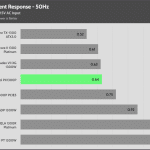
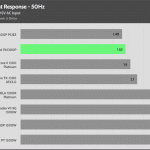


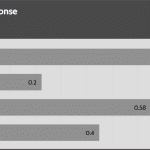
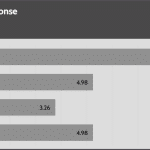
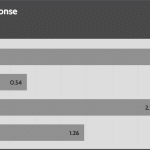
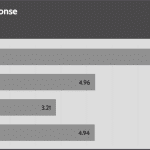
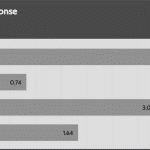
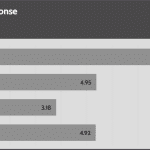
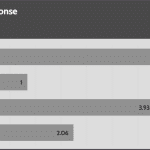

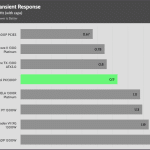
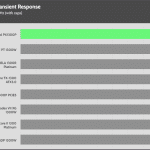
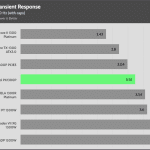
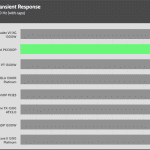
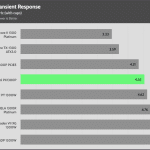
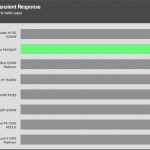

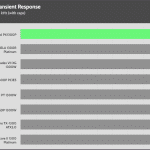


Sick, so I basically have to guess lol. Thanks for the responses regardless!
Wanna thank you guys for the review, I was doing an absolute ton of research a couple of weeks ago between 1000+ watt ATX 3.0 units, and between this and the PlatiGemini I ended up with this unit cause it had more PCIE, a longer warranty and was actually on sale for 270 US at time of purchase.
One thing I wanted to ask, is there a way to check if my native 12VHPWR cables are 12V-2×6? Anything to look for in the sense pins or the connector itself? I’d appreciate it cause all this crap around 12VHPWR is very confusing lol
The cables remain the same, only the PCB header changes.
The cable remains the same, there are no changes there as far as I know.
Is msi’s psu that bad really?
Nope.